
Top 10 Best Practices For Using OEM Transceivers In Data Centre Deployments
Data centres are the backbone of the modern world, powering everything from online shopping to social media to cloud computing. As these become more complex and demanding, it is essential to use high-quality, reliable transceivers to ensure optimal performance and uptime.
OEM transceivers, or original equipment manufacturer transceivers, are designed and manufactured by the same companies that make the networking equipment used in data centres. This ensures that OEM transceivers are perfectly compatible with the networking equipment they are used with, resulting in superior performance and reliability.
Here are the top 10 best practices for using OEM Transceivers in data centre deployments:
- Use OEM transceivers that are compatible with your networking equipment. This is the most important factor to consider when choosing transceivers for your data centre. Using incompatible transceivers can lead to a variety of problems, including performance degradation, network outages, and even hardware damage.
- Purchase OEM transceivers from a reputable supplier. There are many counterfeit OEM transceivers on the market, so it is important to purchase transceivers from a trusted supplier. Megnet Limited is an authorised distributor of Chimera Networking products, which are OEM compatible. Chimera Networking products are designed and manufactured to the highest standards, and are guaranteed to be compatible with your networking equipment.
- Test all OEM transceivers before deployment. This is especially important for critical applications. To test an OEM transceiver, simply connect it to a compatible network device and run a diagnostic test.
- Use the correct type of OEM transceiver for each application. There are different types of OEM transceivers available for different applications, such as Ethernet, Fibre Channel, and InfiniBand. Make sure to use the correct type of transceiver for each application to ensure optimal performance.
- Follow the manufacturer’s instructions when installing and using OEM transceivers. Each OEM transceiver comes with a set of instructions from the manufacturer. Be sure to follow these instructions carefully to avoid any problems.
- Use OEM transceivers in the correct environment. Some OEM transceivers are designed for use in specific environments, such as indoor or outdoor environments. Make sure to use the correct type of transceiver for the environment in which it will be used.
- Keep OEM transceivers clean and free of dust. Dust can build up on OEM transceivers over time and can cause performance problems. Be sure to clean your OEM transceivers regularly to remove any dust and debris.
- Inspect OEM transceivers regularly for damage. OEM transceivers can be damaged by physical shock, vibration, and extreme temperatures. Be sure to inspect your OEM transceivers regularly for any signs of damage.
- Replace any damaged OEM transceivers immediately. If you find a damaged OEM transceiver, replace it immediately to avoid any problems.
- Keep your OEM transceivers up to date. OEM transceiver manufacturers regularly release firmware updates for their transceivers. These updates can improve performance and reliability. Be sure to update your OEM transceivers with the latest firmware to ensure optimal performance.
What are the different types of OEM transceivers?
OEM transceivers are available in a variety of types, depending on the specific needs of your data centre. Some of the most common types of OEM transceivers include:
- Ethernet transceivers: Ethernet transceivers are used to connect Ethernet devices over a copper or fibre optic cable. Ethernet transceivers are available in a variety of speeds, including 10Gbps, 25Gbps, 40Gbps, and 100Gbps.
- Fibre Channel transceivers: Fibre Channel transceivers are used to connect Fibre Channel devices over a fibre optic cable. Fibre Channel transceivers are available in a variety of speeds, including 8Gbps, 16Gbps, 32Gbps, and 64Gbps.
- InfiniBand transceivers: InfiniBand transceivers are used to connect InfiniBand devices over a copper or fibre optic cable. InfiniBand transceivers are available in a variety of speeds, including 10Gbps, 25Gbps, 40Gbps, and 100Gbps.
- CWDM/DWDM transceivers: CWDM/DWDM transceivers are used to connect CWDM/DWDM devices over a fibre optic cable. CWDM/DWDM transceivers are available in a variety of wavelengths, allowing you to transmit multiple signals over a single fibre optic cable.
What are the different features of OEM transceivers?
OEM transceivers can offer a variety of features, depending on the specific type of transceiver and the manufacturer. Some of the most common features of OEM transceivers include:
- Hot-swappable: Hot-swappable transceivers can be replaced without having to power down the device they are installed in. This is a valuable feature for data centres and other critical environments where downtime is unacceptable.
- Long reach: Long reach transceivers can support data transmission over long distances, up to several kilometres. This makes them ideal for use in carrier networks and other applications where long-distance connectivity is required.
- Wide temperature range: Wide temperature range transceivers are designed to operate in a wide range of temperatures, from extreme cold to extreme heat. This makes them ideal for use in harsh environments, such as outdoor enclosures and industrial settings.
- Low power consumption: Low power consumption transceivers use less power than traditional transceivers. This can help to reduce energy costs and improve the overall efficiency of your data centre.
- Advanced security features: Advanced security features, such as encryption and authentication, can help to protect your data from unauthorized access.
How to choose the right OEM transceivers for your data centre?
When choosing OEM transceivers for your data centre, it is important to consider the following factors:
- The type of network equipment you are using: Make sure to choose transceivers that are compatible with your network equipment.
- The distance between devices: If you need to connect devices that are a long distance apart, you will need to choose transceivers that have a long reach.
- The operating environment: If your data centre is in a harsh environment, such as an outdoor enclosure, you will need to choose transceivers that are designed for that environment.
- Your budget: OEM transceivers can vary in price, so it is important to set a budget before you start shopping.
- Your specific needs: Consider any specific needs that you have, such as the need for hot-swappable transceivers or transceivers with advanced security features.
Once you have considered all of these factors, you can start shopping for OEM transceivers. Be sure to purchase transceivers from a reputable supplier to ensure that you are getting high-quality products.
Benefits of Using OEM Transceivers in Data Centre Deployments
There are many benefits to using OEM transceivers in data centre deployments, including:
- Improved performance: OEM transceivers are designed and manufactured to the highest standards, resulting in superior performance.
- Increased reliability: OEM transceivers are less likely to fail than non-OEM transceivers, resulting in increased reliability and uptime for your data centre network.
- Reduced risk of network outages: OEM transceivers are less likely to cause network outages than non-OEM transceivers.
- Reduced risk of hardware damage: OEM transceivers are less likely to damage your networking equipment than non-OEM transceivers.
- Enhanced security: OEM transceivers are more secure than non-OEM transceivers, as they are less vulnerable to cyberattacks.
- Better support: OEM transceiver manufacturers offer better support than non-OEM transceiver manufacturers. This includes support for troubleshooting, warranty support, and firmware updates.
What are the future prospects for OEM transceivers in data centres?
The future prospects for OEM transceivers in data centres are very bright. As data centres become more complex and demanding, the need for high-quality, reliable transceivers will continue to grow. OEM transceivers are the best choice for businesses that need to ensure optimal performance, reliability, and security for their data centre networks.
Some of the specific trends that are driving the growth of the OEM transceiver market include:
- The increasing adoption of cloud computing: Cloud computing is shifting the way that businesses store and process data. As more businesses move to the cloud, there is a growing need for high-performance, reliable transceivers to support the increasing volume of traffic.
- The rise of big data and analytics: Big data and analytics applications are generating vast amounts of data. To process and store this data quickly and efficiently, businesses need high-performance transceivers that can support high bandwidth and low latency.
- The growth of the Internet of Things (IoT): The IoT is connecting billions of devices to the internet. This is creating a new demand for transceivers that can support the unique needs of IoT applications, such as low power consumption and low cost.
OEM transceiver manufacturers are constantly innovating to develop new products that meet the evolving needs of data centres. For example, OEM transceiver manufacturers are developing new transceivers that support higher speeds, lower power consumption, and advanced security features.
Overall, the future prospects for OEM transceivers in data centres are very bright. As data centres become more complex and demanding, the need for high-quality, reliable transceivers will continue to grow. OEM transceivers are the best choice for businesses that need to ensure optimal performance, reliability, and security for their data centre networks.
Conclusion
By following the best practices outlined above, you can ensure that your OEM transceivers provide reliable and high-performance connectivity for your data centre network. This will help you to minimize the risk of network outages, maximize uptime, and protect your data and applications.
Additional Tips
- When choosing OEM transceivers, be sure to consider the specific needs of your data centre environment. Factors such as the type of network equipment you are using, the distance between devices, and the operating environment will all play a role in determining the best type of transceivers for your needs.
- It is important to work with a reputable supplier of OEM transceivers. This will help you to ensure that you are getting high-quality products that are compatible with your network equipment.
- Be sure to test all OEM transceivers before deployment. This will help you to identify any potential problems early on and avoid any disruptions to your network operations.
- Keep your OEM transceivers clean and free of dust. Dust can build up on transceivers over time and cause performance problems. Be sure to clean your transceivers regularly using a soft cloth or brush.
- Regularly inspect your OEM transceivers for damage. Transceivers can be damaged by physical shock, vibration, and extreme temperatures. If you find any damaged transceivers, replace them immediately.
- Keep your OEM transceivers up to date with the latest firmware. Firmware updates can improve performance and reliability. You can usually check for firmware updates on the website of the transceiver manufacturer.
By following these tips, you can ensure that your OEM transceivers provide reliable and high-performance connectivity for your data centre network for many years to come.
FAQ's
OEM transceivers are available in a variety of form factors, including: •SFP transceivers •SFP+ transceivers •SFP28 transceivers •QSFP+ transceivers •QSFP28 transceivers
OEM transceivers , or original equipment manufacturer transceivers, are designed and manufactured by the same companies that make the networking equipment used in data centres. This ensures that OEM transceivers are perfectly compatible with the networking equipment they are used with, resulting in superior performance and reliability.
When choosing OEM transceivers for your data centre, it is important to consider the following factors: •The type of networking equipment you are using •The distance between devices •The operating environment •The specific needs of your applications
Each OEM transceiver comes with a set of instructions from the manufacturer. Be sure to follow these instructions carefully to avoid any problems.
To maintain your OEM transceivers , you should regularly inspect them for damage and clean them of dust and debris. If you experience any problems with your OEM transceivers, you should consult the manufacturer's instructions or contact the manufacturer for support.
The warranty on OEM transceivers varies depending on the manufacturer. However, most OEM transceivers come with a one-year warranty.
OEM transceivers are typically more expensive than non-OEM transceivers. However, the benefits of using OEM transceivers, such as improved performance, increased reliability, and reduced risk of network outages, often outweigh the additional cost.
The future prospects for OEM transceivers in data centres are very bright. As data centres become more complex and demanding, the need for high-quality, reliable transceivers will continue to grow. OEM transceivers are the best choice for businesses that need to ensure optimal performance, reliability, and security for their data centre networks.
The top three things you should consider when choosing OEM transceivers are: •Compatibility with your network equipment •The specific needs of your applications •The reputation of the supplier
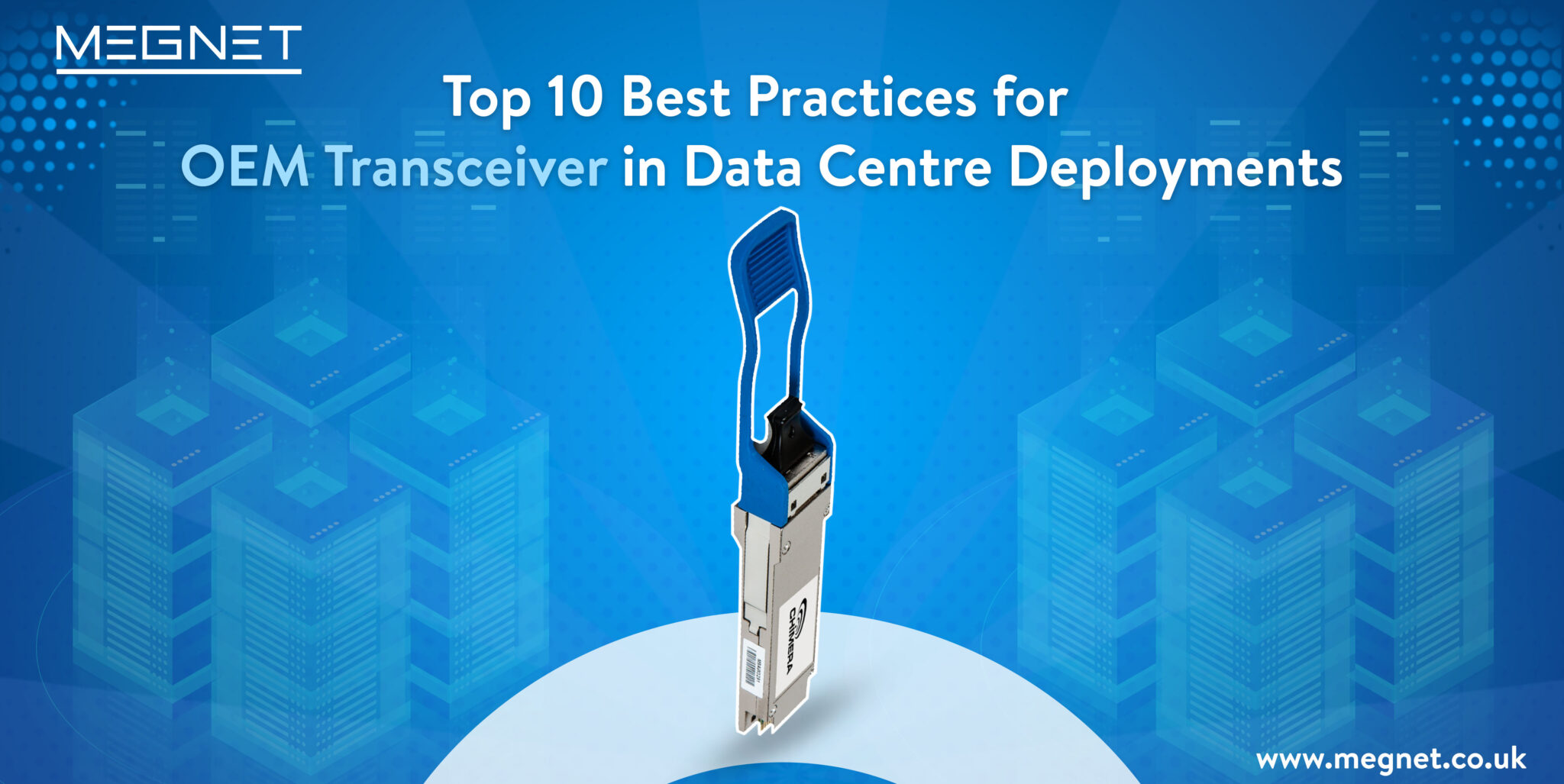

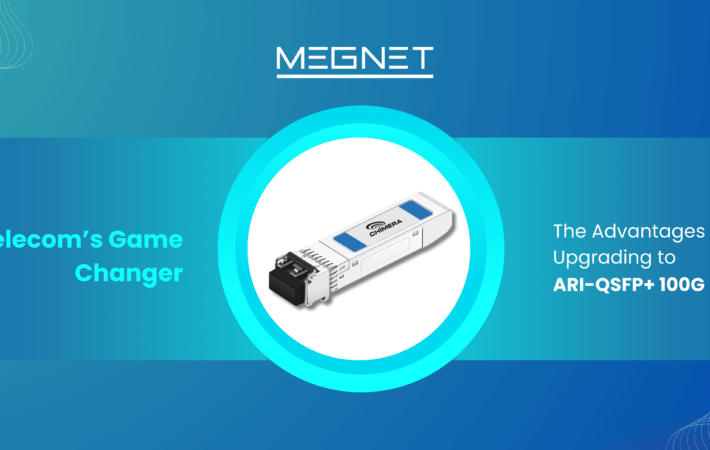

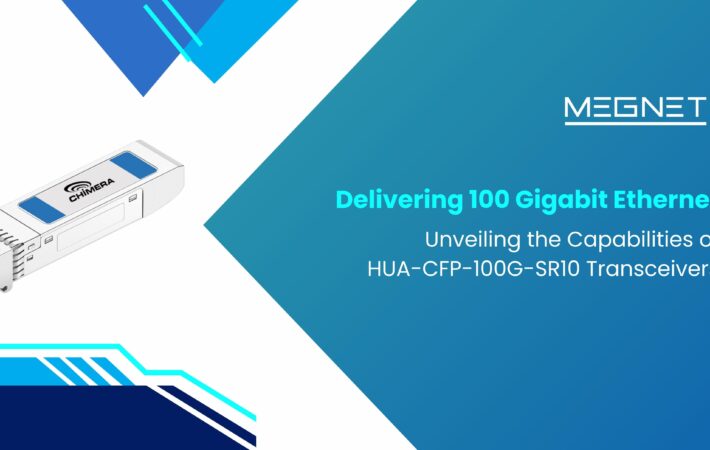
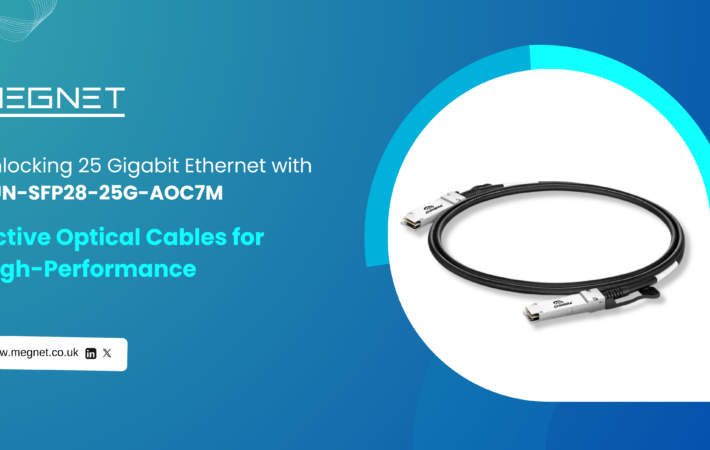
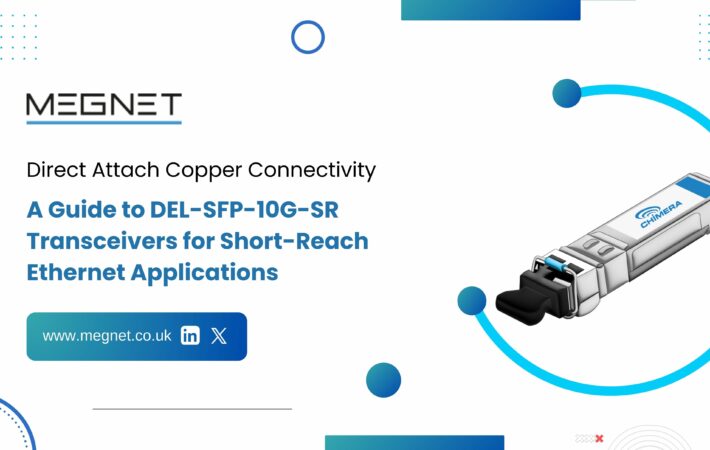


Leave a comment
Your email address will not be published. Required fields are marked *